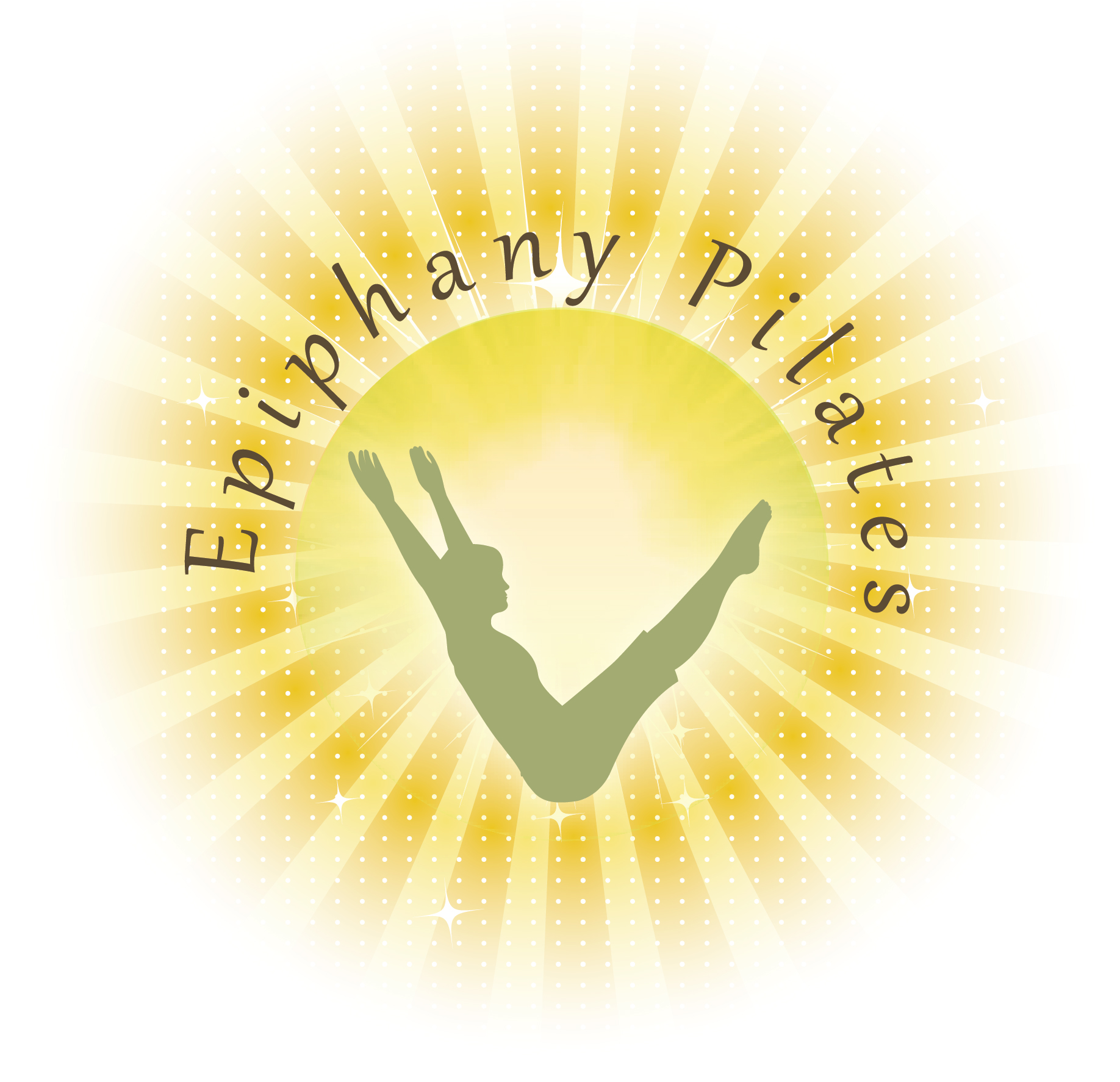10 Reasons Why Runners Should Get Serious About Pilates
All runner's know that running has incredible benefits with quick results, including body conditioning, cardiovascular strength, weight management, and stress reduction, to name a few. However, running can take a tremendous toll one's body without proper form and preparation. For this reason, Pilates is an important tool that should be in every runner's arsenal. There's no doubt that a running program coupled with regular Pilates practice will minimize the risk of injuries while resulting in faster times, longer distances, and an all-around better running experience.
Let's examine 10 reasons why every runner should incorporate Pilates into their training program.
1. Gait - Pilates helps improve muscle and functional imbalances that cause gait irregularities. This allows for a more efficient use of the body, minimizes the impact of every footfall, and prevents injury.
2. Stretching - Tight muscles are more prone to strain, including a pull or tear. Pilates lengthens and strengthens muscles simultaneously, especially those important for runners - hamstrings, quadriceps, gluteals, and calves.
3. Breathing - Efficiency of breath is critical for endurance and vital for ensuring the body remains oxygenated during running. Pilates teaches us to control and harness our breadth patterns to achieve deeper muscle recruitment and improve circulation.
4. Core Strength - A strong core improves speed and prevents injury. Pilates improves core strength and stability, training the body to efficiently recruit our deep abdominal muscles, improving our posture and allowing us to better distribute weight throughout our bodies as we run.
5. Back Strength - It is important to balance a strong core with a strong back. A fatigued back changes our stride during running and can lead to injury. Pilates incorporates a range of movements to strengthen and stretch the back muscles.
6. Balance - Balance is fundamental to running as it allows us to keep ourselves upright and maintain proper form. During Pilates, we use our abdominal muscles, our back muscles, and the muscles of our upper and lower extremities to maintain equilibrium while performing various exercises - the result of which is improved balance.
7. Coordination - Developing coordination is important to becoming a better runner. Pilates enhances our ability to use our limbs to perform a series of movement patterns while synchronizing these efforts with our breath pattern.
8. Pelvic Alignment – Since a neutral pelvis is the most stable and shock-absorbing position, maintaining a neutral pelvic alignment during running allows us to reduce the impact of each stride on our lower spine. Pilates increases awareness of the neutral pelvic position and teaches us to recruit our abdominal muscles, our pelvic floor muscles and our back extensor muscles to stabilize our core and prevent injury.
9. Shoulder Strength and Stabilization - Shoulder stabilization is important for avoiding neck strain during running while proper internal rotation of the shoulder allows for a longer stride. Pilates strengthens the shoulder muscles enhancing both stabilization and internal and external rotation of the shoulder.
10. Mindfulness and Body Awareness - Mindfulness allows us to run in the moment - it improves focus and mental clarity as we train and race. Pilates promotes the connection between our mind and body, allowing us to enjoy the running experience and better assess our form to make adjustments while on the track or the trail.

